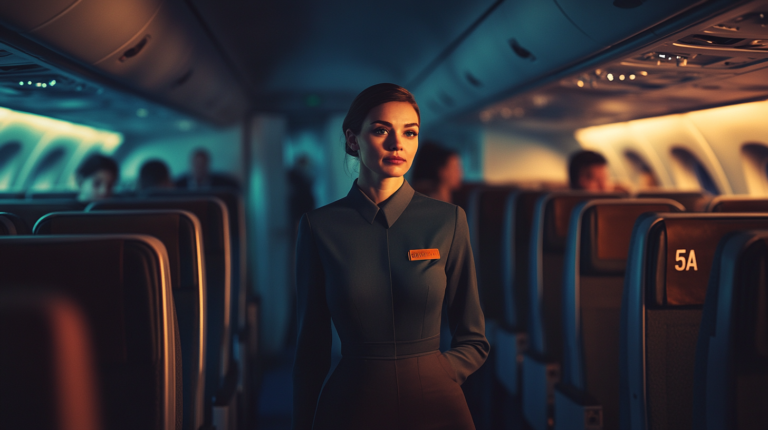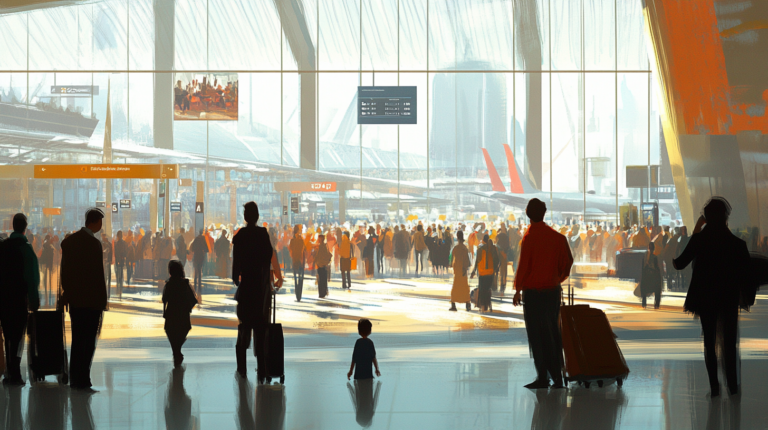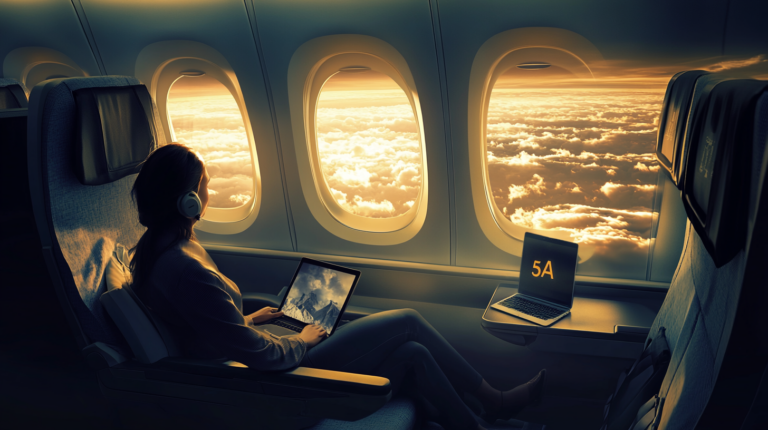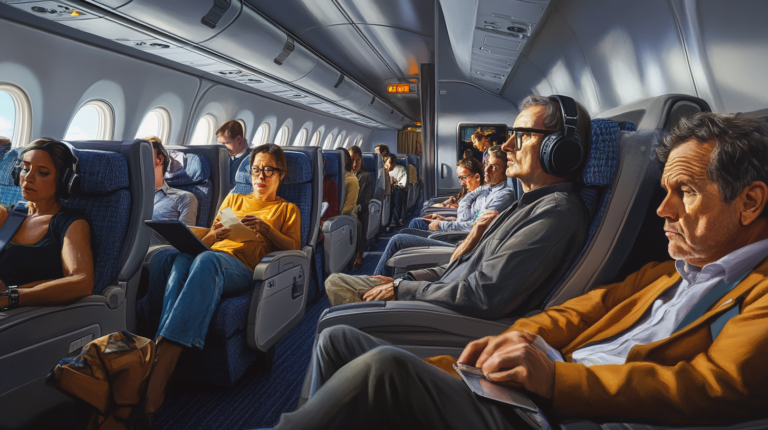Worst Seats on a Plane: What to Avoid for a Comfortable Flight
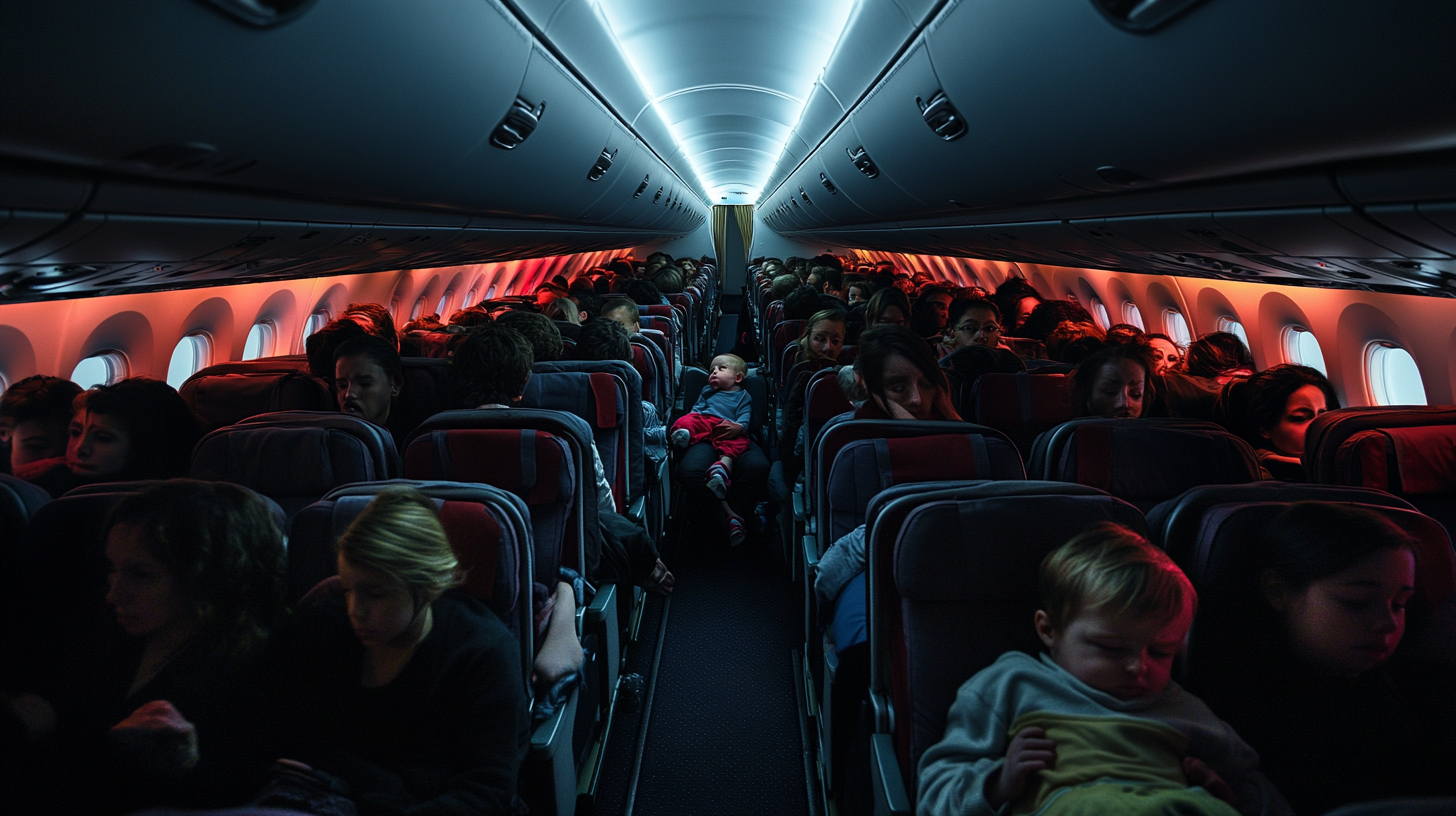
Air travel has revolutionized the way we explore the world, making distant destinations accessible within hours. However, the excitement of a journey can quickly diminish if you find yourself confined to one of the worst seats on a plane. Seat selection is more than just a preference; it’s a pivotal factor in the overall comfort and enjoyment of your journey. By understanding which seats to avoid, you can enhance your in-flight experience and arrive at your destination feeling refreshed and ready to embark on your adventure.
The Dreaded Middle Seat

Arguably the most unpopular spot on any flight, the middle seat is often associated with discomfort and limited personal space. Without the window view to admire the clouds or the easy aisle access for stretching your legs, passengers in middle seats are sandwiched between others, leading to awkward situations and restricted movement. It’s not uncommon to feel trapped, especially on long-haul flights where personal space becomes increasingly valuable.
For tall individuals, the middle seat can be particularly challenging. The lack of legroom and limited ability to adjust can result in a cramped and uncomfortable journey. Additionally, middle seats often lack access to shared armrests, intensifying the struggle for personal space. This can lead to passive armrest battles with seatmates, further diminishing the comfort of your flight.
According to Navigating the Middle Seat Dilemma for Comfortable Flights , understanding strategies to cope with the middle seat can make a significant difference in your travel experience.
Seats Near the Lavatories
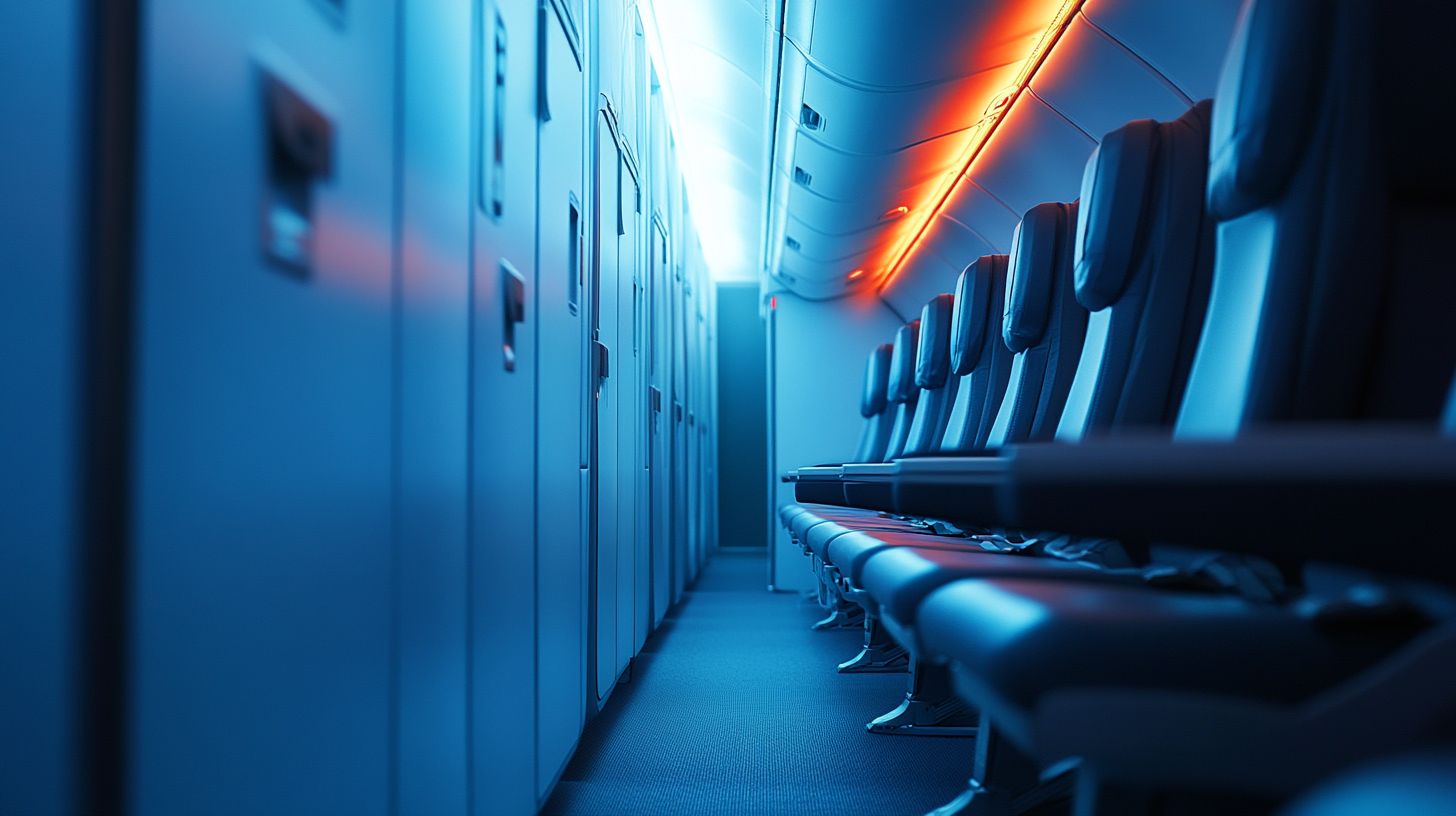
Sitting close to the lavatories may seem convenient for quick restroom access, but it comes with significant drawbacks. Passengers in these seats often deal with constant foot traffic, as fellow travelers queue up, sometimes encroaching on your personal space. The frequent flushing sounds, door slamming, and the occasional unpleasant odors emanating from the bathrooms can disrupt your peace.
Travel expert Christine Sarkis advises travelers to avoid seats near lavatories to minimize disturbances. The continual opening and closing of restroom doors can interrupt sleep and relaxation, especially during overnight flights. The area can also become a congregating spot for passengers stretching their legs, adding to the noise and activity levels.
For insights on avoiding such inconveniences, refer to Why You Should Skip Seats Near the Lavatories on Flights .
The Back Rows: More Than Just Delayed Disembarking

The back seats of the plane are notorious for several reasons. Not only are they the last to deplane, resulting in longer wait times upon arrival, but they also experience increased turbulence and noise. Being positioned near the aircraft’s engines and tail means that vibrations and sounds are more pronounced, which can be unsettling for some passengers.
According to former SeatGuru specialist David Duff, it’s wise to avoid the last rows. These seats often have limited or no recline capabilities due to the proximity of the rear bulkhead, adding to passenger discomfort during long flights. Furthermore, being near the galley and lavatories at the back means you’re more likely to encounter noise and foot traffic.
To learn more about the drawbacks of sitting at the back, consider The Hidden Disadvantages of Back Row Airplane Seats .
Bulkhead Seats: Not Always a Bulk of Benefits
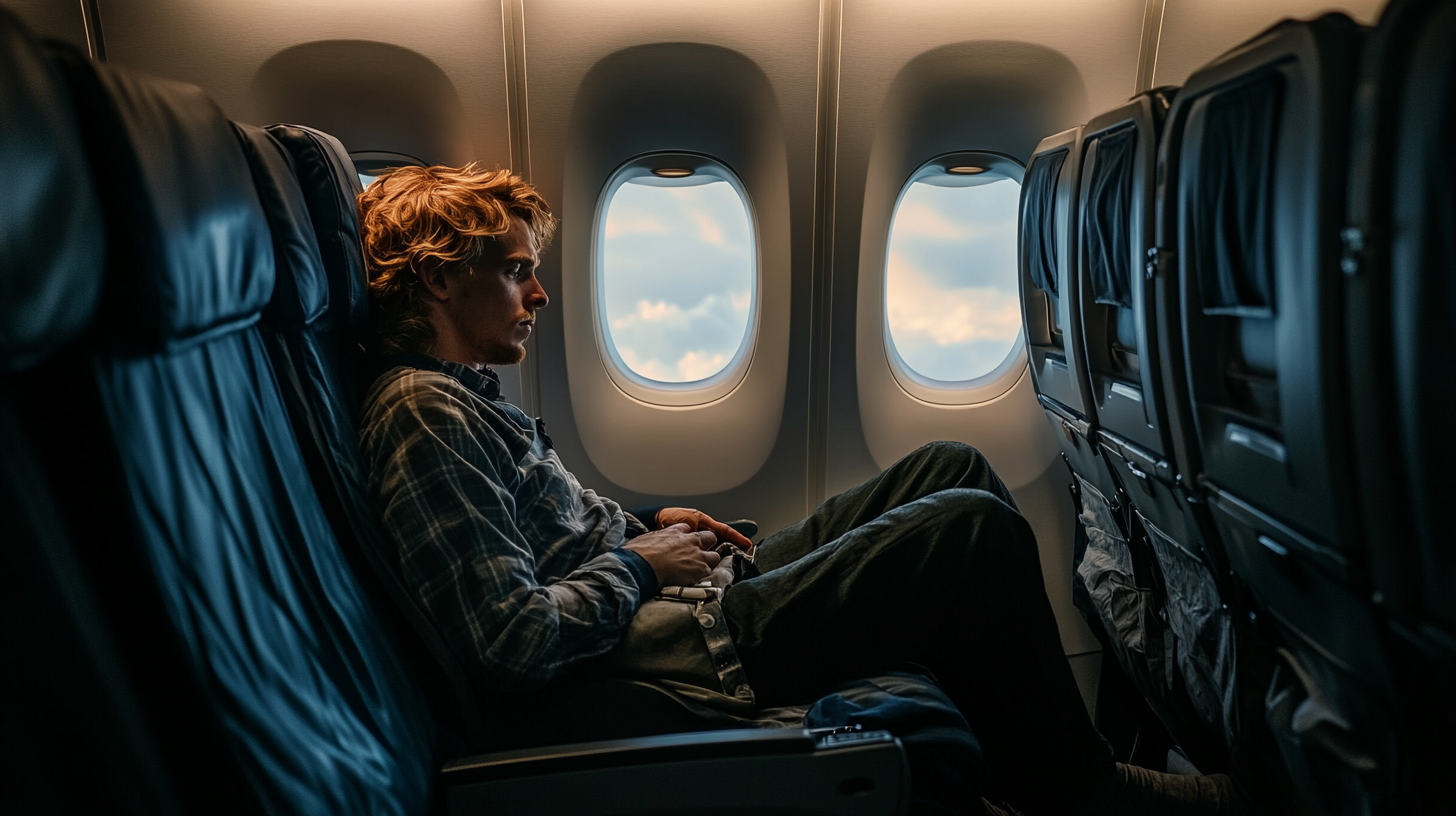
At first glance, bulkhead seats—the seats directly behind physical partitions such as walls or curtains—might seem appealing due to extra legroom and the absence of seatbacks in front. However, these seats come with their own set of issues that can impact your comfort during the flight.
One significant drawback is the lack of under-seat storage. Passengers must store all personal items in the overhead bins during takeoff and landing, making access to belongings inconvenient. If you need something during these times, you’ll have to wait until the seatbelt sign is turned off. Additionally, bulkhead seats often have narrower widths due to fixed armrests housing tray tables and entertainment systems, which can feel restrictive.
There’s also the possibility of being seated near infants, as bulkhead rows are often equipped to accommodate bassinets. This proximity can lead to disturbances from crying or restless babies throughout the flight, impeding your ability to rest or work. For parents, these seats are a blessing, but for others, it might not be ideal.
For a comprehensive view on bulkhead seats, see Are Bulkhead Seats Worth It? Pros and Cons Explained .
Exit Row Seats: Legroom vs. Comfort
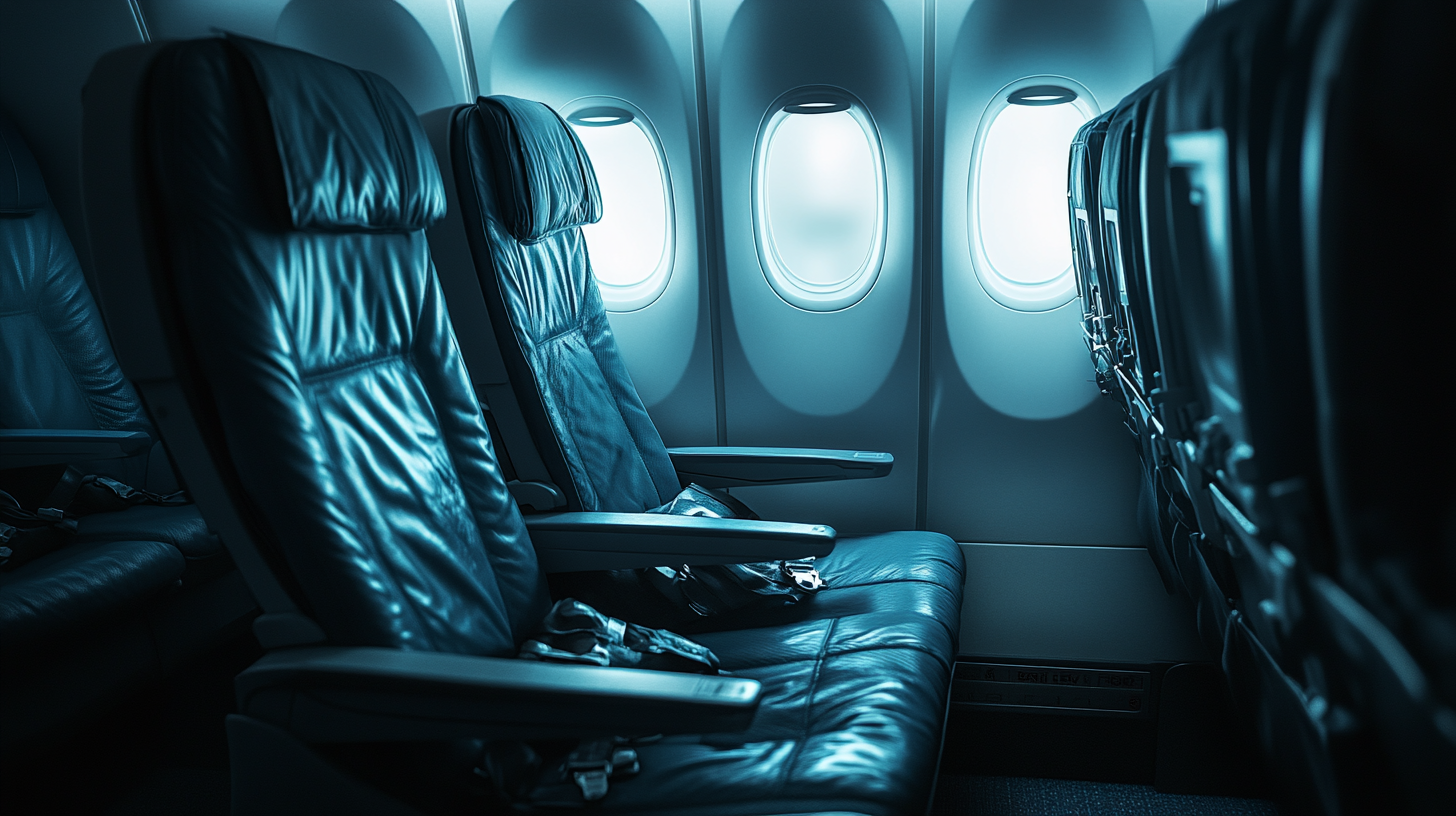
Exit row seats are frequently sought after for their additional legroom, making them a go-to choice for taller passengers. The extra space can significantly enhance comfort, especially on longer flights. However, the benefits may not outweigh the downsides for everyone.
These seats can be colder due to their location near aircraft exits. The proximity to emergency doors might result in drafts, leaving passengers feeling chilled during the flight. Moreover, exit row seats often have fixed armrests, reducing seat width and limiting movement, which can negate the benefits of extra legroom.
It’s also important to note that passengers in exit rows are required to assist in emergency situations, which may not be suitable for all travelers. Airlines have age and physical ability restrictions for these seats, and they often come with an additional fee. Some passengers might feel uncomfortable with the added responsibility or the potential for delayed service, as flight attendants are required to brief exit row occupants before takeoff.
For those considering these seats, What to Know Before Choosing an Exit Row Seat on a Plane offers valuable information.
Over the Wing: Noise and Turbulence
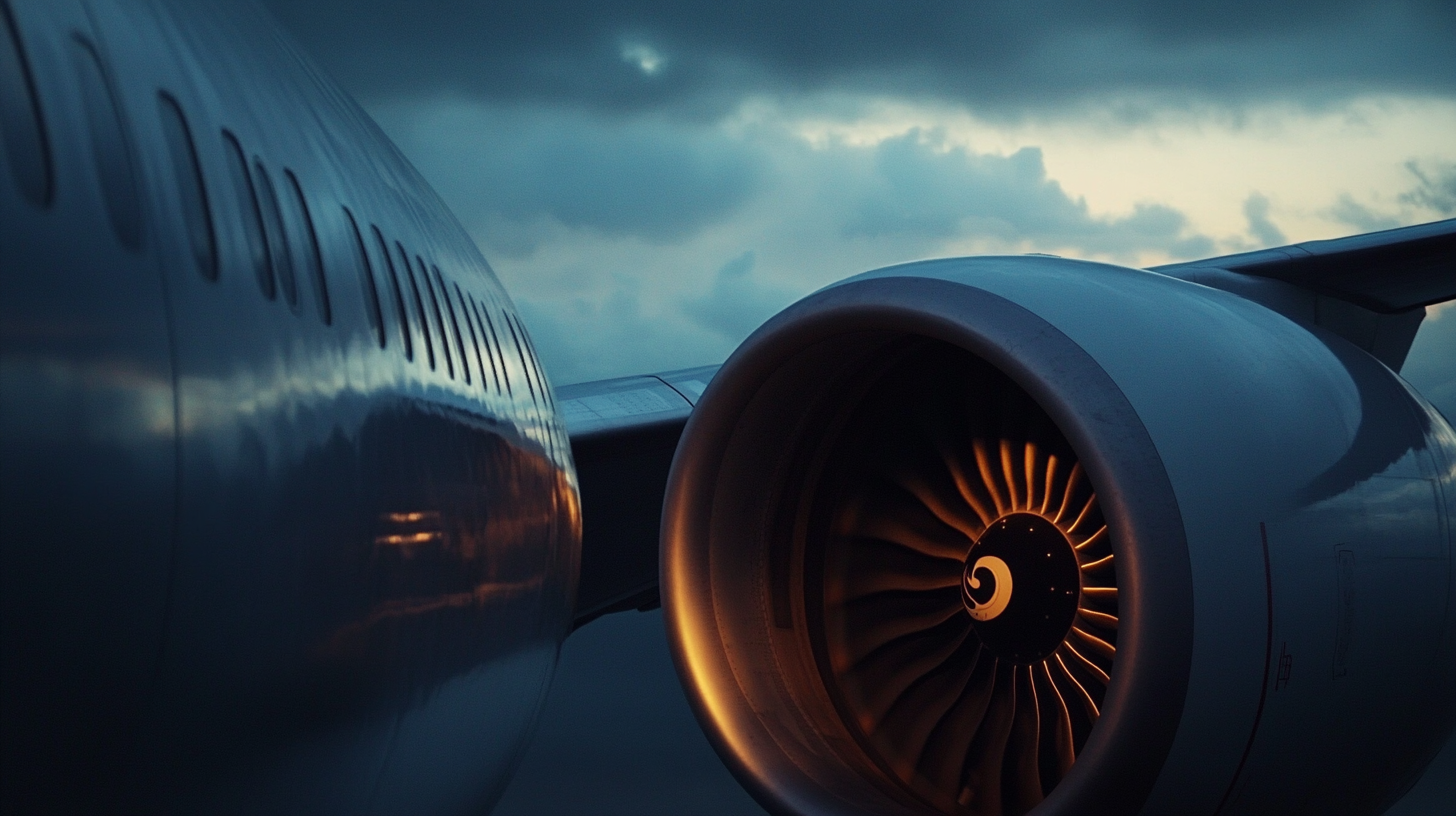
Sitting over the wing can be a double-edged sword. While these seats are known to offer a smoother ride in terms of turbulence due to the plane’s center of gravity, they come with increased noise levels because of their proximity to the engines. The constant hum and occasional roar can be disruptive, especially for light sleepers or those sensitive to noise.
Earplugs or noise-cancelling headphones can mitigate this issue, but it’s something to consider when selecting your seat. Additionally, the wing can obstruct views, which may disappoint those hoping to enjoy the scenery during their flight. For aviation enthusiasts who enjoy watching the mechanics of the wing during flight, this can be fascinating, but for others, it might be less appealing.
For more on the pros and cons of wing seats, refer to Sitting Over the Wing: What Passengers Need to Know .
Behind the Galley: A Recipe for Disturbance

Seats located near the galley might seem tempting, especially if you want to be among the first served meals and beverages. However, the galley is a hub of activity throughout the flight, with flight attendants preparing services and passengers congregating for various reasons. This can lead to increased noise levels and interruptions.
This constant activity can lead to increased noise and foot traffic, interrupting rest and relaxation. The bright lights from the galley can also be a nuisance during overnight flights when cabin lights are dimmed. If you’re sensitive to light or noise, these seats can be particularly troublesome. The aromas from food preparation might also be bothersome, especially if you’re trying to sleep or if certain scents trigger discomfort.
For strategies on avoiding disturbances, check out Tips for Selecting Airplane Seats Away from High-Traffic Areas .
Strategies for Better Seat Selection

Understanding which seats to avoid is the first step toward a more comfortable flight. Here are some strategies to help you secure a better seat:
- Book Early: The sooner you book your flight, the more seat options you’ll have. Early booking increases your chances of snagging preferred seats before they’re taken. Popular seats go quickly, so don’t delay.
- Use Seat Maps: Tools like seat maps from airlines or third-party websites can help you identify the layout of the aircraft and select seats strategically. Resources like Comprehensive Airline Seat Maps for Optimal Selection can be invaluable.
- Avoid Fees Where Possible: Some airlines charge extra for seat selection. Consider whether the additional cost is worth the comfort and plan accordingly. Sometimes, joining a frequent flyer program or obtaining a certain credit card can offer free seat selection.
- Be Proactive: If you find yourself assigned to an undesirable seat, check with the airline or gate agent for possible changes. Sometimes, adjustments can be made at check-in or before boarding. Don’t hesitate to ask politely for a better seat if available.
Expert Insights
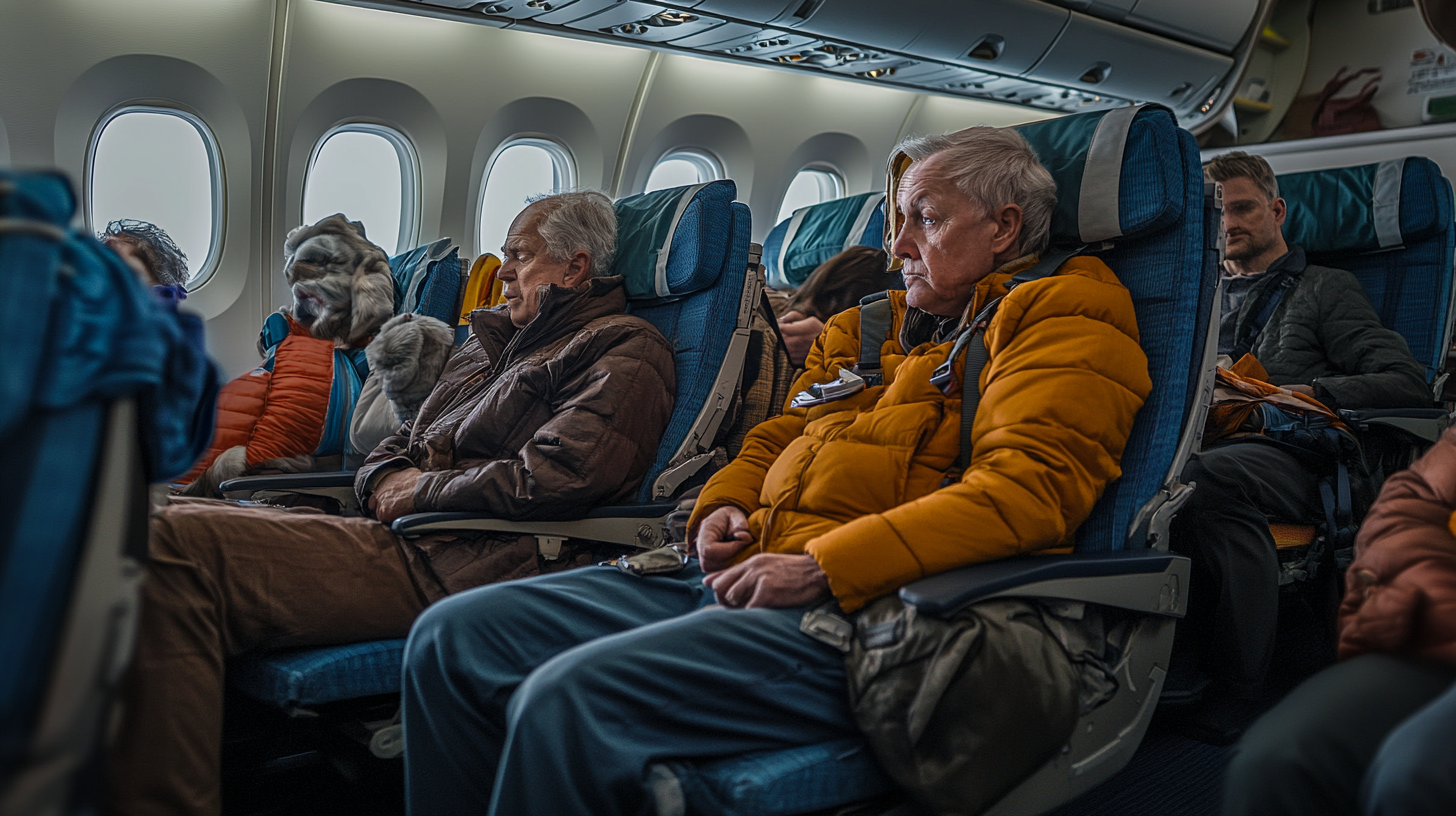
Christine Sarkis, a senior editor and award-winning journalist, emphasizes the importance of strategic seat selection. By avoiding seats near the lavatories and being mindful of storage limitations, travelers can enhance their in-flight comfort. She suggests that small choices can make a significant difference in the overall travel experience.
Similarly, experiences shared by travel experts Benji Stawski and Stella Shon highlight the impact of seat choice on flight satisfaction. Their test flights in notoriously undesirable seats confirmed that the cons often outweigh any minor perks. Their findings are detailed in Travel Experts Test the Worst Airplane Seats So You Don’t Have To .
Final Thoughts

Air travel doesn’t have to be an uncomfortable experience. By being aware of the worst seats on a plane and taking proactive steps to avoid them, you can significantly improve your journey. Prioritize your comfort by selecting seats that offer the amenities important to you, whether it’s extra legroom, reduced noise, or convenient access. The key is to plan ahead and utilize available resources to make informed decisions.
Remember, a little planning goes a long way in ensuring your flight is as pleasant as possible. Follow us back to Seat 5A for more travel tips and insights. Happy travels!
This blog post was AI-written / human assisted.

